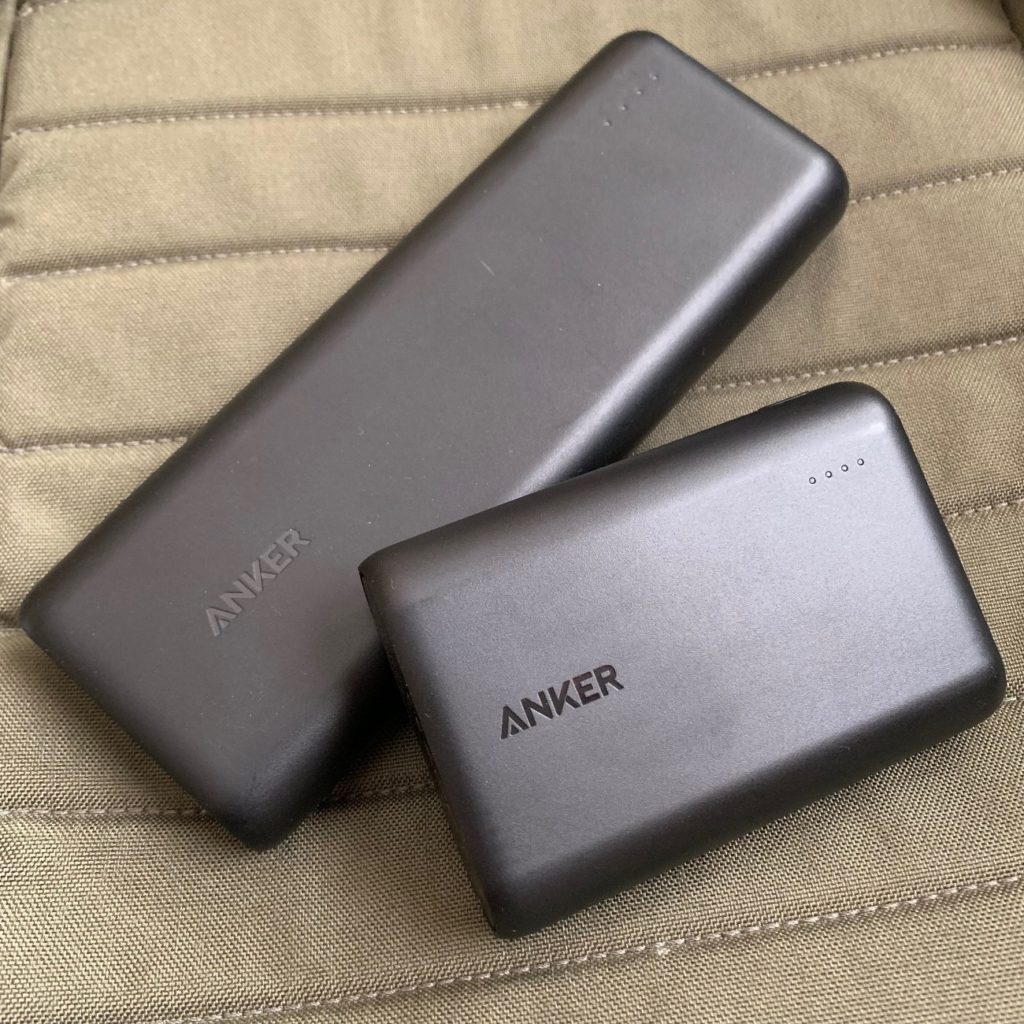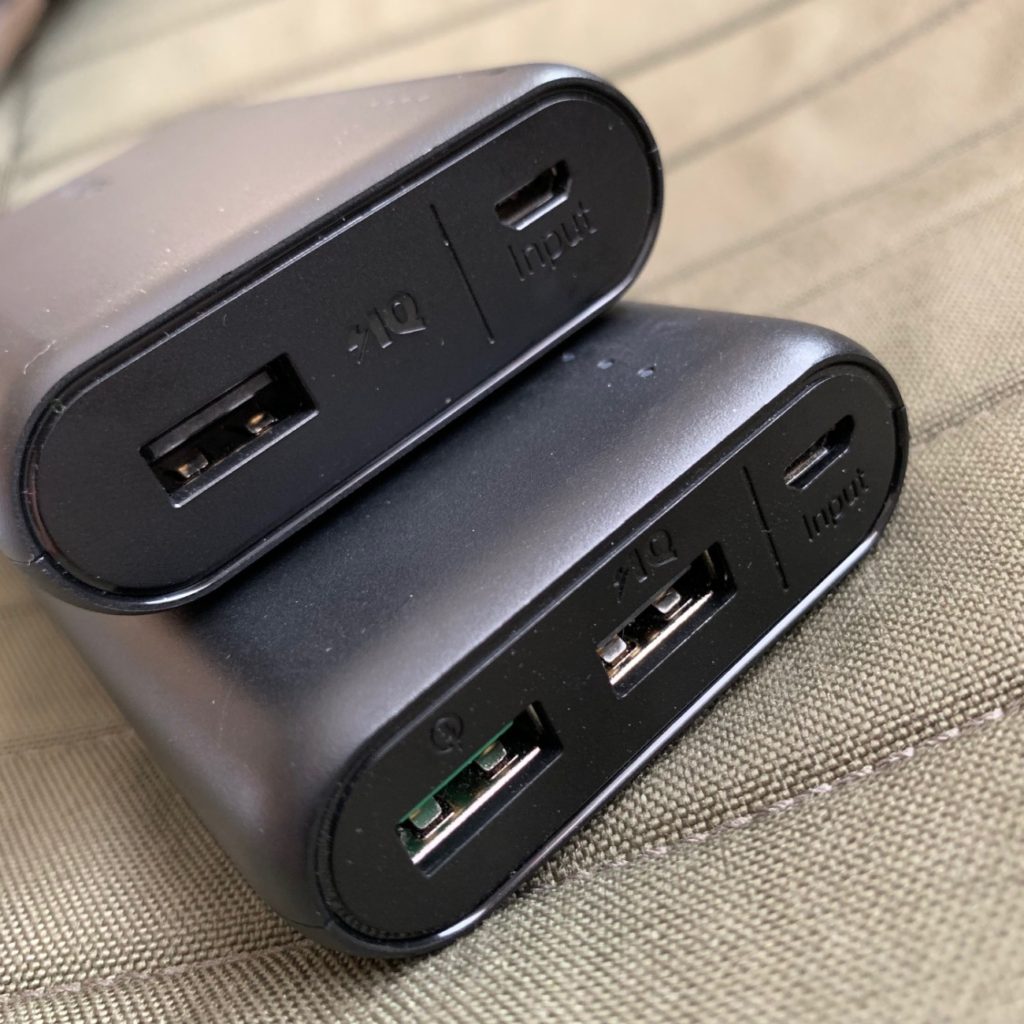Electronics have become an important part of many people’s backcountry experience and safety. On Foot, Off Grid is a new series on Jerking the Trigger that will cover concepts and electronic gear that power your backcountry adventures. The series will cover plenty of gear options and explore ideas for dealing with cold weather, streamlining your power needs, and more.
The On Foot, Off Grid series is going to kick off with a gear item that might be considered the heart of any backcountry power setup – portable power banks. These portable powerhouses can help you charge your phone, charge a flashlight or headlamp, charge batteries, charge GPS units or personal locator beacons, and more. These are important parts of anyone’s gear list and all of them benefit from the addition of a power bank.

What is a Power Bank?
A power bank is essentially just a case that contains a series of batteries (usually 18650 lithium-ion batteries) packaged in a case with at least one input for charging the bank and at least one output for charging electronics (usually some flavor of USB). Even more simply put, it is an easy way to store, carry, and then access electricity.
How Do I Use One?
There are a lot of ways to use a power bank in the backcountry, some of which I have already mentioned. There are some specific ways that I use mine that I can share. The primary use for mine is to keep my phone operational. Today’s smartphones offer excellent GPS functionality (better than many dedicated GPS units), long battery life, excellent cameras, and emergency connectivity in far-flung places. They are also quite a bit more rugged with many of them even being submersible. I will never be caught without a map and compass but my cell phone is central to a lot of what I do when outdoors.
Additionally, I use other accessories with my power banks that let me charge batteries or directly charge USB-rechargeable headlamps and flashlights. By carefully selecting my lights and carrying a power bank, I can reduce the number of spare batteries that I have to carry.

Other Considerations
- Be sure to test a power bank with your devices before you head out. You need to understand how much power you’ll need and how quickly you can charge your devices.
- Cold weather can be hard on the lithium-ion cells contained in most battery banks. Choose your power bank with this in mind. If you will be out in cold weather, your power bank should be small enough to carry in a pocket under your insulation layers to ensure that it remains functional.
- Quality power banks aren’t that expensive. Don’t skimp. The quality of the cells inside the power bank is often reflected in the price. You will see better performance from a quality power bank.
Recommendations
I have used Anker power banks for years. The Anker Powercore 10000, in particular, is beloved among many backcountry travelers for its combination of lightweight (6.34 ounces), compact size (about the size of a deck of cards), quality, and affordability. If I could only have one, it would be this one.
Click Here: Anker Powercore 10000 on Amazon (affiliate link)
I also use an Anker Powercore 20000 that I have owned for years. It is about twice and size and slightly more than twice the weight of my Powercore 10,000mah in part because it is a slightly older model. The current model is slightly lighter than mine.
Click Here: Anker Powercore 20000 on Amazon (affiliate link)
The options for these power banks are extensive. Stick to a quality maker and select the options you need. Anker has always worked for me, they are known for good service, they use quality cells, and they are rugged without being bulky.
Do you have a gear or concept recommendation that fits the On Foot, Off Grid series? Tell us about it in the comments below or drop us a line on the Contact page.
The above URLs may be affiliate links.
